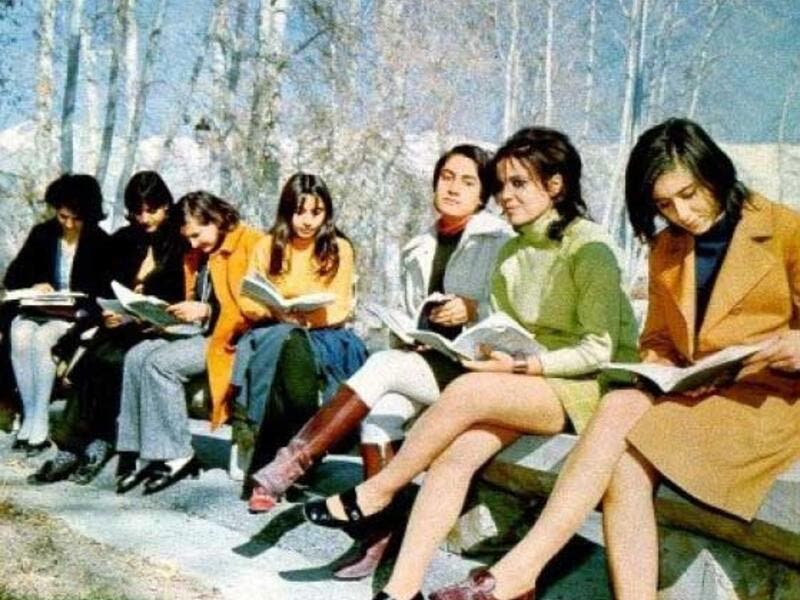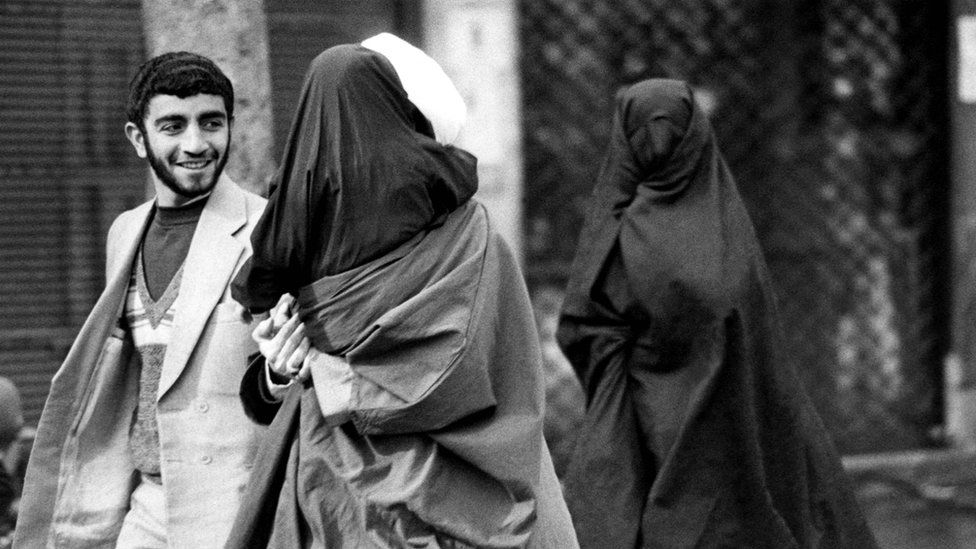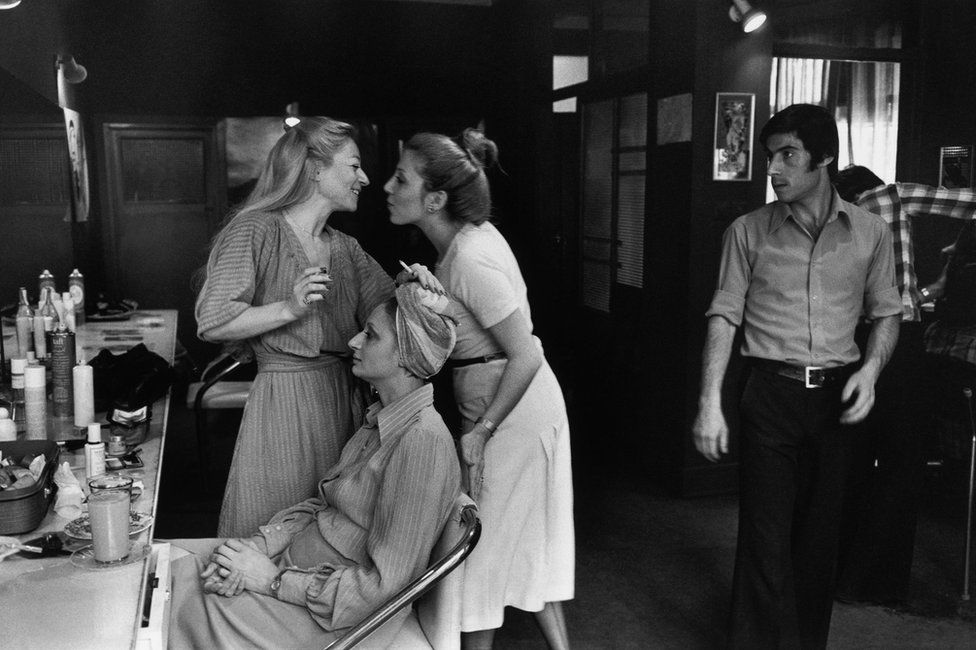Before the Veil: The Lost Freedom of Iranian Women and What the Revolution Stole
Before 1979, Iranian women wore miniskirts, earned advanced degrees, ran businesses, and lived lives that looked remarkably like their Western peers. Then came the Islamic Revolution—and everything changed.

Introduction: A Forgotten Iran
Close your eyes and picture a woman walking the streets of Tehran in the early 1970s. Her hair is perfectly coiffed, maybe in a beehive or feathered blowout. She’s wearing a mini dress or bell-bottom jeans, maybe stopping at a café for coffee before heading to her university lecture or workplace. She's a doctor. A lawyer. A teacher. A poet. Maybe she’s picking up French perfume from a boutique or dancing at a party later that night.
This was not a fantasy or some rare exception. This was normal . This was Iran .
Before 1979, Iran—especially in major urban centers—was a country undergoing rapid modernization. The last Shah, Mohammad Reza Pahlavi, pushed a Westernization agenda that reshaped everything from law and education to fashion and popular culture. And while that agenda was top-down and at times authoritarian in its own way, it undeniably opened doors for women .
Women weren’t just present in Iranian society—they were thriving in it. They voted. They held political office. They went to film school. They sang on television. They practiced law and medicine. They chose what to wear, who to marry (or not), and how to live.
But if you only know the post-revolution Iran—where morality police beat women for showing hair, and lipstick can be an act of rebellion—this may sound impossible. It isn’t. It’s simply a part of history that was buried under layers of censorship, religious rule, and time.
The Islamic Revolution of 1979 did not just remove a monarchy. It rewrote the role of women in Iranian society overnight , weaponizing religion to reassert control, especially over women’s bodies, voices, and freedoms.
This article explores what Iranian culture for women looked like before the revolution—how closely it resembled Western liberalism in dress, education, and public life—and why that progress was so violently undone.
Because to understand the courage of the women who protest in Iran today, you must first understand what was taken from them .
A Different Iran: The Golden Era for Iranian Women
From the 1930s to the late 1970s, Iranian society was undergoing profound transformation, and nowhere was that more evident than in the lives of Iranian women. Under Reza Shah and later his son Mohammad Reza Pahlavi, a modernizing force swept through the nation. For women, this meant the expansion of civil rights, access to education, employment, and a visible presence in the public sphere.
In 1936, Reza Shah banned the veil as part of his effort to modernize and secularize Iran. By the 1960s and 70s, the sight of Iranian women in tailored suits, colorful dresses, and glamorous makeup was not only common but celebrated. Fashion magazines in Tehran rivaled their Parisian counterparts, with covers featuring women in miniskirts, high heels, and elegant coiffures.
Women attended concerts, acted in films, and were part of a thriving artistic and intellectual class. Cafes, universities, publishing houses, and television studios were filled with women who were not just participants in society—they were shaping it.
Education, Employment, and Legal Rights
By 1978, nearly 40% of university students in Iran were women . Women were not just entering classrooms—they were graduating as doctors, lawyers, scientists, engineers, and scholars. Iranian universities and schools brimmed with ambition, driven by young women who were encouraged to dream as big as their male counterparts.
Women had earned the right to vote in 1963 , and soon after began running for public office. By the late 1970s, Iran had female members of parliament, judges, diplomats, and even business executives. The 1967 and 1975 Family Protection Laws helped redefine women’s rights in marriage and divorce, curbing polygamy and granting greater custody rights.
Many Iranian women delayed marriage, chose partners freely, and pursued career advancement and personal growth. This mirrored the feminist momentum sweeping parts of the West—but with an Iranian flavor rooted in pride, cultural identity, and forward-thinking aspiration.
The Revolution That Reversed Everything
In 1979, the Islamic Revolution—led by Ayatollah Ruhollah Khomeini—swept away the Pahlavi dynasty and ushered in an era of theocratic rule. And with it came a brutal reversal of women’s hard-won freedoms.

Almost overnight:
- Mandatory hijab laws were introduced
- Women were banned from serving as judges and removed from many civil service roles
- Gender segregation returned in schools, buses, and public institutions
- Public dress codes were strictly enforced by newly formed morality police
- Family laws were re-written in accordance with Sharia interpretations
The vibrant public life of Iranian women dimmed under the shadow of state-enforced modesty. Streets once lined with women in miniskirts and heels were now patrolled for exposed hair, tight clothing, and even colorful accessories.
For many, the psychological violence of this transformation was just as painful as the physical oppression. The freedom to speak, to love, to express, and to appear in public as oneself was not just restricted—it was criminalized.

Why Did It Change So Drastically?
- Symbolism and Control : The new regime quickly realized that controlling women’s bodies was the fastest way to signal a break from the old order. Enforcing the hijab and suppressing female visibility created a new national identity rooted in "Islamic values."
- Backlash to Modernity : Rural and conservative segments of Iranian society had long resented the Shah’s aggressive secularism. The revolution empowered those who viewed the West—and women’s liberation—as moral corruption.
- Political Strategy : Targeting women provided a distraction from economic instability and governmental failures. The regime turned women into symbols of either purity or rebellion, reinforcing binary roles and suppressing dissent.
- Anti-Western Sentiment : The visibility of modern Iranian women became scapegoated as a sign of cultural imperialism. The revolution was, in part, a rejection of Western influence, and women’s rights were collateral damage.
The Legacy: Rebellion, Resistance, and the Echo of What Was Lost
Despite decades of repression, Iranian women have never stopped fighting. The daughters and granddaughters of the women who once walked freely through Tehran now march in defiance of hijab mandates, chant against gender apartheid, and risk arrest or worse for singing in public or showing their hair.
From the 2009 Green Movement to the " Woman, Life, Freedom " uprising of 2022 sparked by the killing of Mahsa Amini , these protests aren’t only acts of defiance. They are acts of memory . These women are not demanding something new. They are fighting for something their ancestors already had.
" We’re not asking for anything radical," said one young protester in 2022. "We’re asking for what our mothers had. What they lost. What we remember."
📚 Sources & Further Reading:
- BBC Archive – Iran Before 1979
- UNESCO – Gender Parity in Pre-Revolution Iran
- Amnesty International Reports on Iran's Gender Laws
Post a Comment for "Before the Veil: The Lost Freedom of Iranian Women and What the Revolution Stole"
Post a Comment